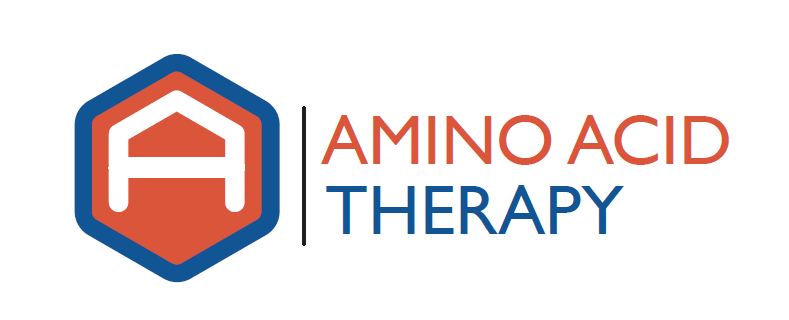When working with people that have symptoms of a dopamine relative nutritional deficiency (i.e., those that are following a dopamine dominant protocol), elevated homocysteine is not an uncommon finding. However, determining the reason for this abnormal finding holds the key to resolving it.
Homocysteine is part of the methylation cycle shown in the diagram below:

Traditionally, if homocysteine levels are elevated, the first course of action is to insure that adequate folate and/or Vitamin B12 are taken in order to supply the necessary nutrients to keep the methionine-homocysteine cycle moving. However, there are three other possible causes for an elevated homocysteine level that are very common with those with symptoms of a dopamine relative nutritional deficiency.
Methionine or SAMe
Normally, we recommend that L-cysteine be used to help support proper glutathione production when using amino acid therapy. As the diagram above illustrates, L-cysteine is the direct precursor to glutathione. However, some people don’t tolerate L-cysteine and or choose to use another thiol compound; many choose methionine or S-Adenosyl methionine, commonly known as SAMe . However, as you can see in the diagram above, both methionine and SAMe can directly lead to an increase in homocysteine levels, especially if adequate vitamin B6 is not supplied. For this reason, we emphasize using L-cysteine as a glutathione precursor if at all possible while using amino acid therapy.
Vitamin B6
As the diagram above illustrates, the conversion of homocysteine to cysteine is dependent on adequate vitamin B6 levels. Therefore, if vitamin B6 is deficient in the body, this conversion will not occur properly and homocysteine levels will increase. In addition, vitamin B6 is essential in the production and/or utilization of numerous other compounds, including GABA, serotonin, dopamine, norepinephrine and epinephrine, making adequate levels of vitamin B6 absolutely essential for proper neurotransmitter function and balance. Once more, carbidopa (which is often used in combination with levodopa in those diagnosed with Parkinson’s disease) is known to irreversibly bind to and deactivate vitamin B6 in the body. Therefore, it may be necessary to take high levels of vitamin B6 for several months to restore adequate B6 levels in the body.
Trimethylglycine (TMG)
In addition, there is a secondary reaction that can help recycle homocysteine back into methionine as shown in the diagram below:

This reaction is dependent upon adequate levels of trimethylglycine (TMG), also known as betaine. We have found that some people have inadequate levels of TMG, and that adding 500-6000 mg of TMG in addition to adequate vitamin B6 can help bring homocysteine levels back into the normal range.
You don’t need to guess which nutrient(s) each person needs, as there are numerous functional tests that can be completed in order to determine the underling cause(s) of elevated homocysteine levels that will yield much more clinically useful information beyond standard blood tests of folate, vitamin B12 and/or vitamin B6. Obtaining this information can be essential to properly address an elevated homocysteine level, so speak with you functional medicine provider to determine which test(s) are right for you.

